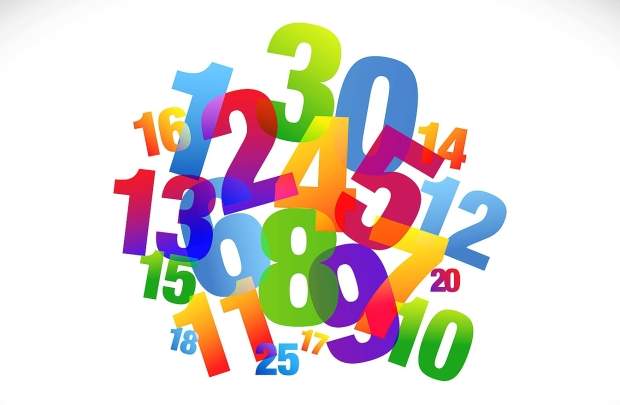Table of Contents
ROMAN NUMERALS
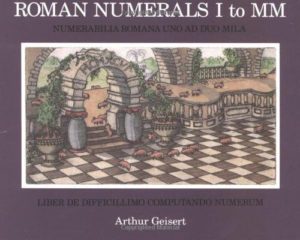 |
Arthur Geisert’s Roman Numerals I to MM (Houghton Mifflin Harcourt, 2001) is a clever and witty introduction to Roman numerals with lots and lots of cavorting pigs. Delightful for ages 5-8. |
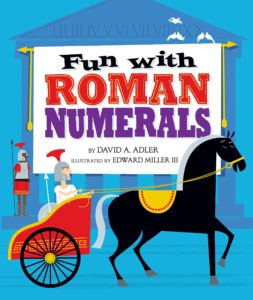 |
David A. Adler’s picture book Fun With Roman Numerals (Holiday House, 2010) is an attractively illustrated explanation of Roman numerals and their uses today. For ages 7-10. |
| From ABCYa, Roman Numerals is an online game that teaches Roman numerals (while rebuilding a collapsed Roman temple). | |
| Try this online Roman Numeral Converter, which runs from 1 to 4999. | |
| From Math Is Fun, Roman Numerals has an explanation of the symbols and their combinations, rules for forming numbers, how to write really big numbers (up to a million), and a couple of handy mnemonics for remembering what’s what. |
MATH AND ART
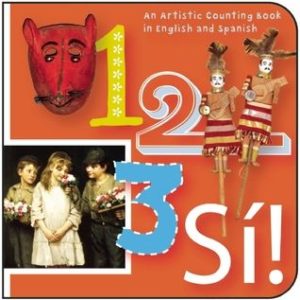 |
From the San Antonio Museum of Art, 123 Si! (Trinity University Press, 2011) is a counting book illustrated with color photos of art works from the Museum, among them Mexican puppets, Olmec clay statuettes, and Korean pen-and-ink tigers. For ages 3-6. |
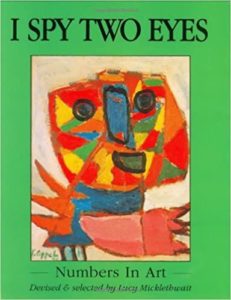 |
In Lucy Mickelthwait’s I Spy Two Eyes: Numbers in Art (HarperTeen, 1993) readers search for objects in classical works of art, from 1 fly and 2 eyes to 12 squirrels, 17 birds, and 20 angels. For ages 4-7. |
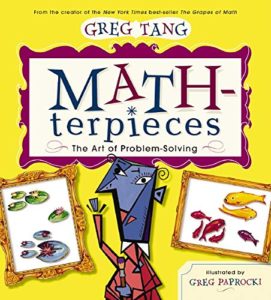 |
Greg Tang’s Math-terpieces (Scholastic, 2003) is a catchy rhyming mix of problem-solving and art history, through the art of twelve different artists, among them Degas, Dali, Pollock, Warhol, and Picasso. For ages 6-10. |
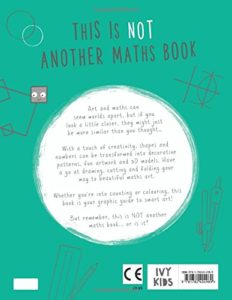 |
Anna Weltman’s This Is Not Another Maths Book (Ivy Kids, 2017) is packed with creative mathematical art activities and puzzles. For ages 8-11. |
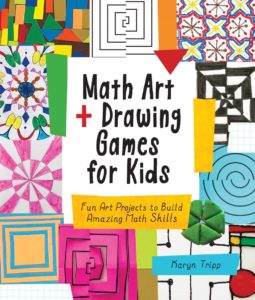 |
Karyn Tripp’s Math Art + Drawing Games for Kids (Quarry Books, 2019) is a wonderful collection of mathematical art projects. Kids experiment with Klee geometric mosaics, Frank Lloyd Wright stained-glass windows, pattern block cookies, Native American quill art, and much more. For ages 8-12. |
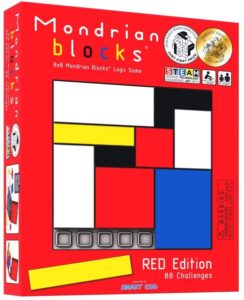 |
With Mondrian Blocks, kids are challenged to reproduce Mondrian-style painting patterns with colorful blocks. |
 |
From PBS’s Picture This, kids explore art and math using Calder sculptures, Picasso’s Three Musicians, and more. |
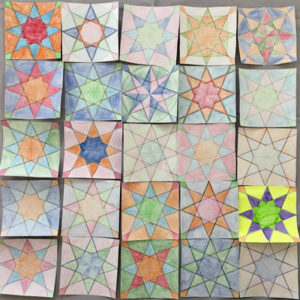 |
Artful Math has lessons on everything from Celtic knotwork to insect symmetry to mazes, patchwork patterns, and snowflakes. |
 |
From YouCubed, check out these downloadable lessons on math and art, categorized by grade (K-12). |
| For many more resources, see Art. |
MATH ANXIETY
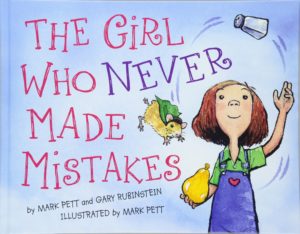 |
In Mark Pett’s The Girl Who Never Made Mistakes (Sourcebook Jabberwocky, 2011), nine-year-old Beatrice never ever makes a mistake (unlike little brother Carl, who eats crayons). In fact, Beatrice is absolutely perfect, until the day of the annual talent show, when she makes a colossal and very public mistake. And discovers that it’s not the end of the world. For ages 4-8. |
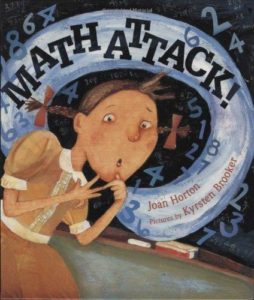 |
In Joan Horton’s rhyming Math Attack! (Farrar, Straus & Giroux, 2009), a little girl – at her wit’s end when her teacher asks for the answer to seven times ten – has a math attack: numbers EXPLODE out of her head and wreak havoc all over town, disrupting everything from the prices in the supermarket to the helicopters of the National Guard. Finally she gets the answer, and all goes back to normal. For ages 5-9. |
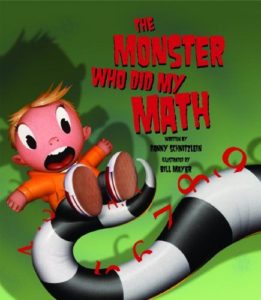 |
In Danny Schnitzlein’s The Monster Who Did My Math (Peachtree Publishers, 2012), a math-hating kid is struggling with his impossible multiplication homework when a monster arrives and offers to take care of it for him – all he has to do is sign the contract on the dotted line. All is well until the teacher sends him to the blackboard, and he discovers the contract’s fine print (“In paragraph seven of clause ninety-three/If you don’t learn anything, do not blame me!”). And then, as in all Faustian bargains, he has to come up with the pay-off. Which involves some math. For ages 6-8. |
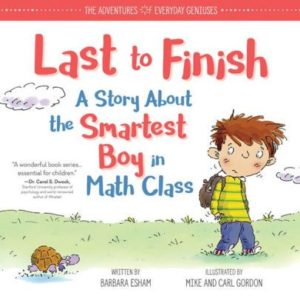 |
Barbara Esham’s Last to Finish (Mainstream Connections Publishing, 2008), one of the Adventures of Everyday Geniuses series, features third-grader Max who has always liked math – but falls apart when his teacher starts giving the class timed tests. Max is miserable. Eventually, however, the teacher discovers that Max has been working problems from his older brother’s algebra book (for fun), and Max ends up on the school math team. A nice reminder that different kids learn in very different ways. For ages 6-9. |
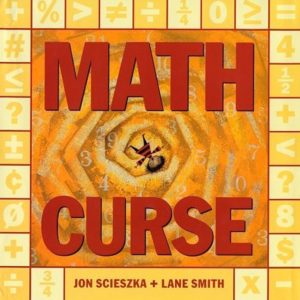 |
In Jon Scieszka’s Math Curse (Viking, 1995), the appalled narrator wakes up to discover that everything in his life has turned into a math problem. Great illustrations by Lane Smith (and answers in the back). |
JUST FOR FUN
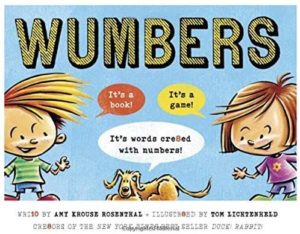 |
Amy Krouse Rosenthal’s Wumbers (Chronicle Books, 2012), with bright cartoonish illustrations by Tom Lichtenheld, is a picture book for the text-messaging generation. Wumbers are words spelled with sound-alike numbers, familiar to anyone who has ever texted “gr8!” For example, try these: At a tea party (attended by a teddy bear and two little girls in purple): “Would you like some honey 2 swee10 your tea?” “Yes, that would be 1derful.” At a family picnic: “We have the 2na salad and the pl8s. What have we 4gotten?” (Dismay!)“The 4ks!” Fun creative word puzzles for beginning readers ages 5-8. |
